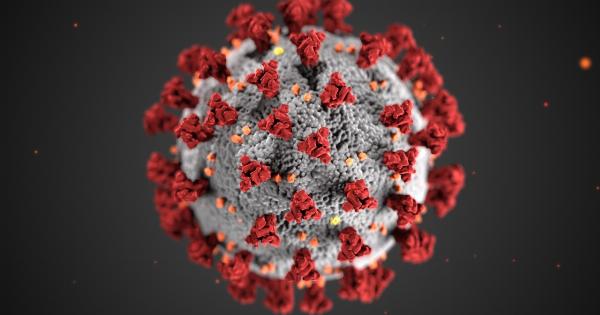Pulmonology is a branch of medicine that focuses on the diagnosis and treatment of respiratory system diseases.
Invasive pulmonology refers to procedures that require the insertion of instruments or devices into the respiratory tract to diagnose and treat these conditions. This guide aims to provide an overview of invasive pulmonology techniques commonly used in the management of respiratory system diseases.
1. Bronchoscopy
Bronchoscopy is a commonly performed invasive pulmonology procedure that allows visualization of the airways and collection of tissue samples for diagnosis.
The procedure involves inserting a bronchoscope, a thin, flexible tube with a light and camera, through the nose or mouth and into the lungs. It can be used to identify abnormalities, such as tumors or infections, and to perform interventions, such as removing foreign bodies or placing stents to relieve airway obstruction.
2. Transbronchial Lung Biopsy
Transbronchial lung biopsy is a procedure performed during bronchoscopy to obtain samples of lung tissue for pathological analysis. A specialized instrument is passed through the bronchoscope to collect small tissue samples from the lungs.
This technique is valuable in diagnosing interstitial lung diseases, lung infections, and lung cancer.
3. Endobronchial Ultrasound
Endobronchial ultrasound (EBUS) combines bronchoscopy with real-time ultrasound imaging, allowing the visualization of structures adjacent to the airways. EBUS is particularly useful in diagnosing and staging lung cancer.
It helps guide the sampling of lymph nodes for further evaluation and enables the precise placement of instruments for targeted treatments.
4. Pleural Procedures
Invasive pulmonology also encompasses procedures related to the pleural space surrounding the lungs. These procedures include thoracentesis, pleural biopsy, and pleuroscopy.
Thoracentesis involves the removal of fluid from the pleural cavity for diagnostic or therapeutic purposes. Pleural biopsy is performed to obtain tissue samples from the pleural lining, aiding in the diagnosis of pleural diseases.
Pleuroscopy, also known as medical thoracoscopy, allows direct visualization and intervention within the pleural space using a thin, flexible tube.
5. Pulmonary Nodule Localization
Localization of pulmonary nodules is crucial for accurate diagnosis and treatment.
Invasive pulmonology techniques, such as navigational bronchoscopy, electromagnetic navigational bronchoscopy, and CT-guided percutaneous biopsy, allow for precise localization and sampling of these nodules. This facilitates early detection and appropriate management of lung cancer or other pulmonary nodules.
6. Balloon Bronchoplasty
Balloon bronchoplasty is a minimally invasive procedure used to dilate or reopen narrowed or blocked airways. It involves the insertion of a balloon-tipped catheter through the bronchoscope, which is then inflated to widen the airway.
This procedure is commonly used to manage airway stenosis caused by conditions such as lung cancer, tuberculosis, or scar tissue related to prior surgeries or infections.
7. Foreign Body Removal
Invasive pulmonology techniques play a vital role in the extraction of foreign bodies lodged in the airways. Children, in particular, are prone to inhalation or aspiration of small objects, which can lead to life-threatening situations.
Bronchoscopy allows for the safe removal of foreign bodies, helping to prevent complications such as pneumonia or respiratory distress.
8. Airway Stent Placement
Airway stent placement involves the insertion of a stent, a small tube-like device, into the airway to provide structural support and improve airflow.
This procedure is commonly employed in the management of airway strictures caused by tumors, scar tissue, or other obstructive conditions. The stent helps maintain airway patency, relieving symptoms such as breathlessness and coughing.
9. Thermal Ablation
Thermal ablative techniques, such as radiofrequency ablation and laser ablation, are used to treat localized tumors in the lungs.
These minimally invasive procedures involve the insertion of a specialized instrument into the tumor, which then delivers heat energy to destroy cancer cells. Thermal ablation is especially beneficial for patients who cannot undergo surgery or have tumors in hard-to-reach areas.
10. Lung Volume Reduction
Lung volume reduction is a procedure performed to improve lung function and alleviate symptoms in patients with severe emphysema.
Invasive techniques, such as bronchoscopic lung volume reduction, involve the insertion of small devices or valves into the airways to block off diseased portions of the lungs. This reduces hyperinflation, allowing healthier lung tissue to function more efficiently.






























